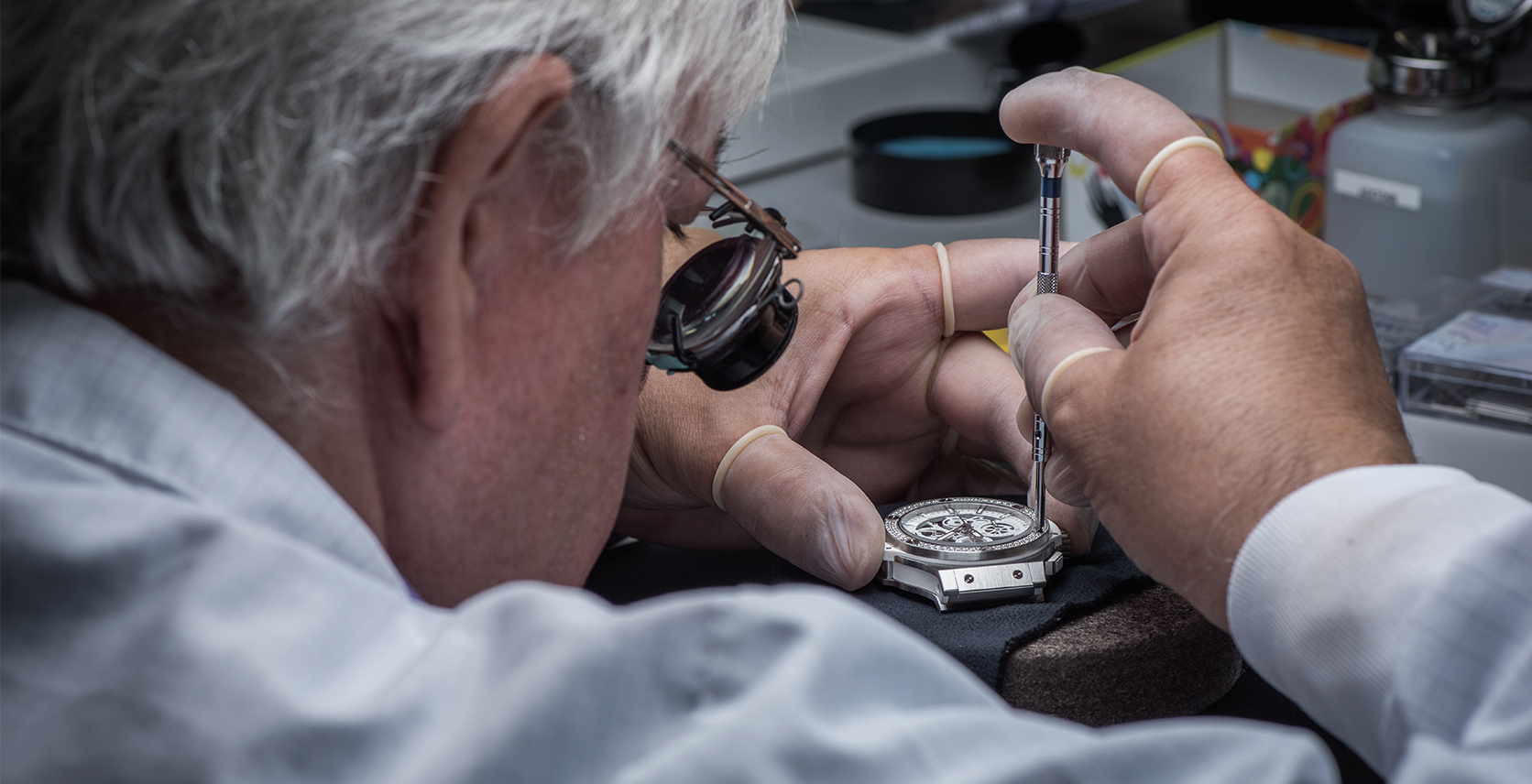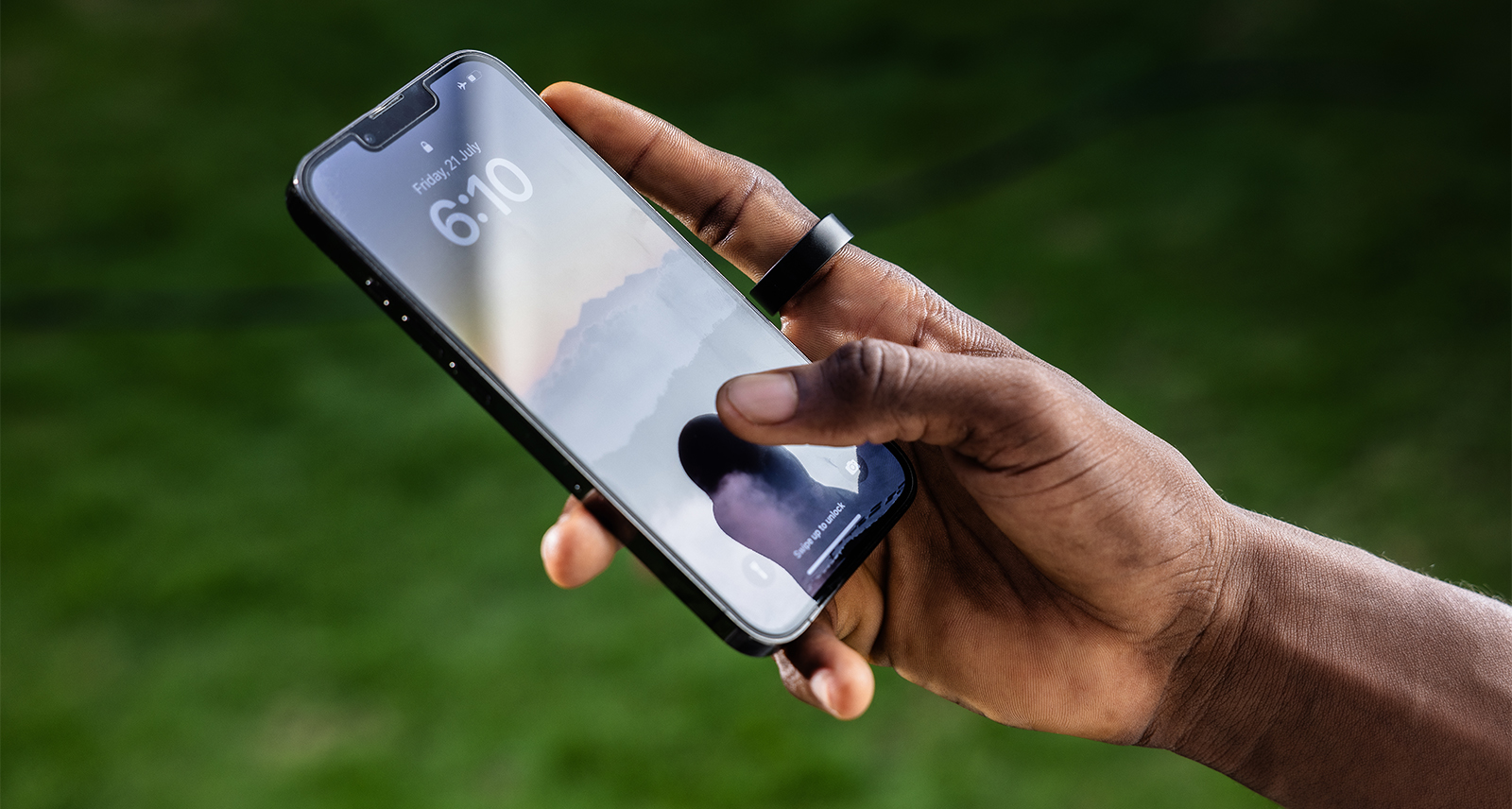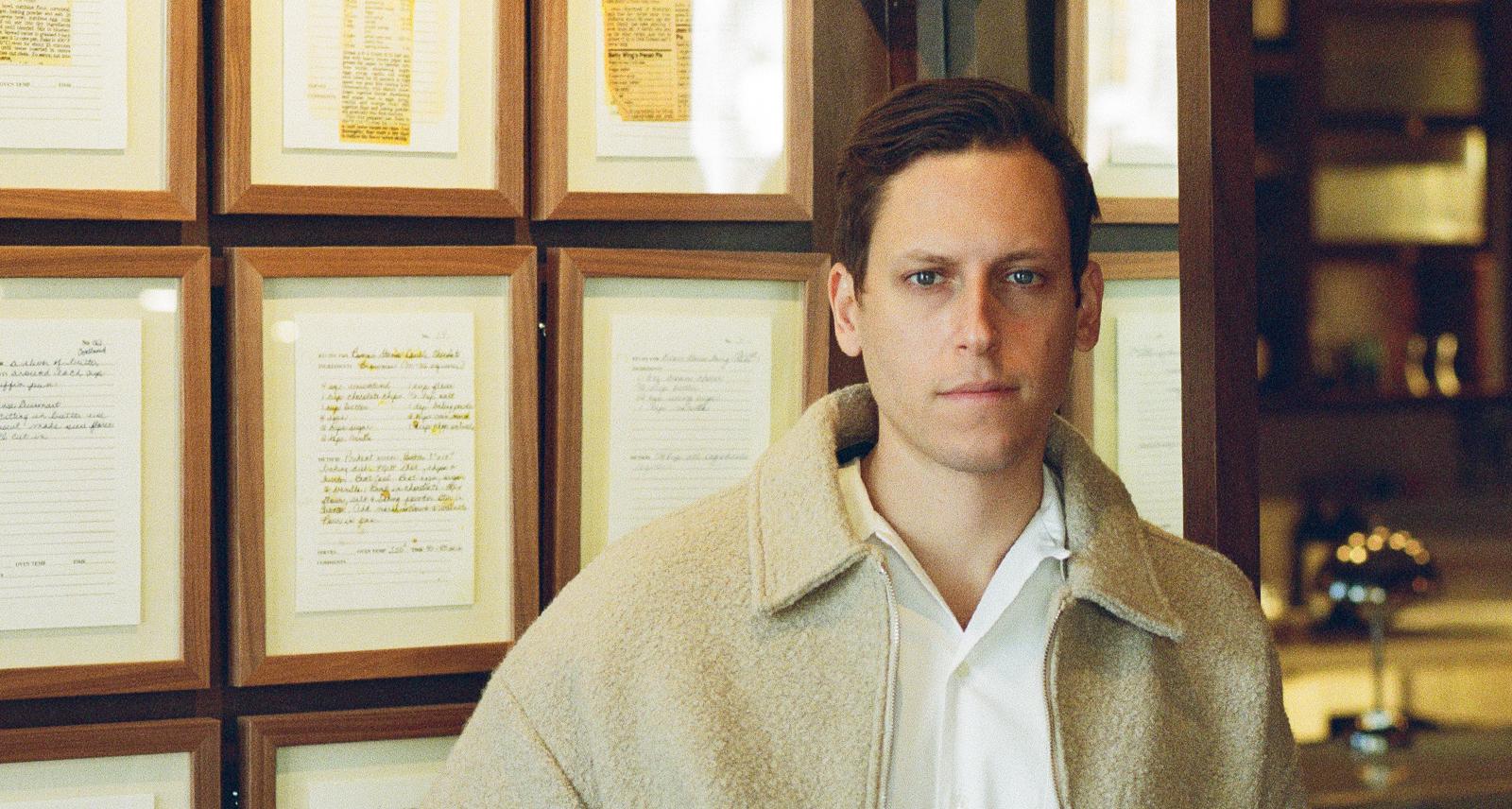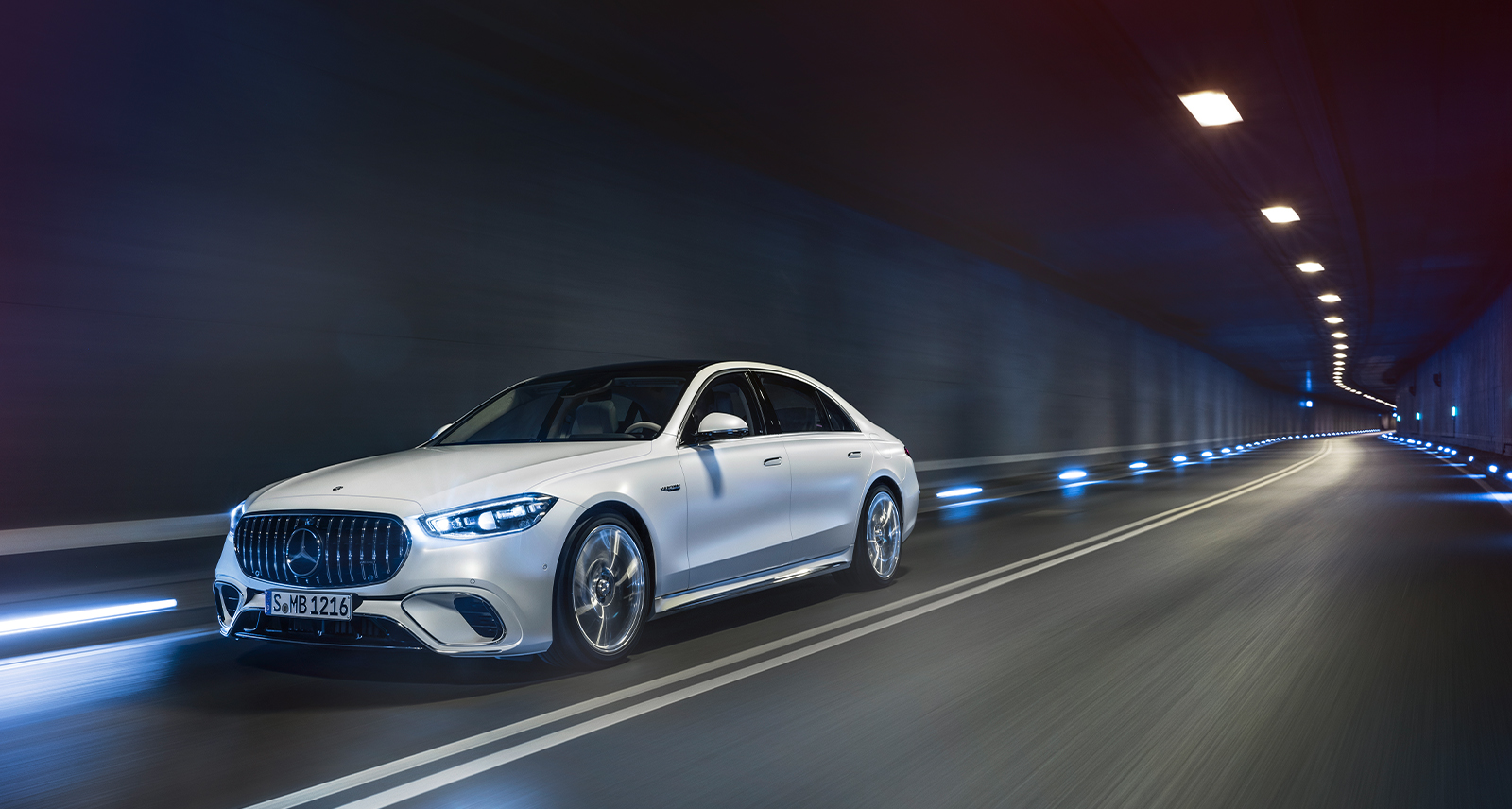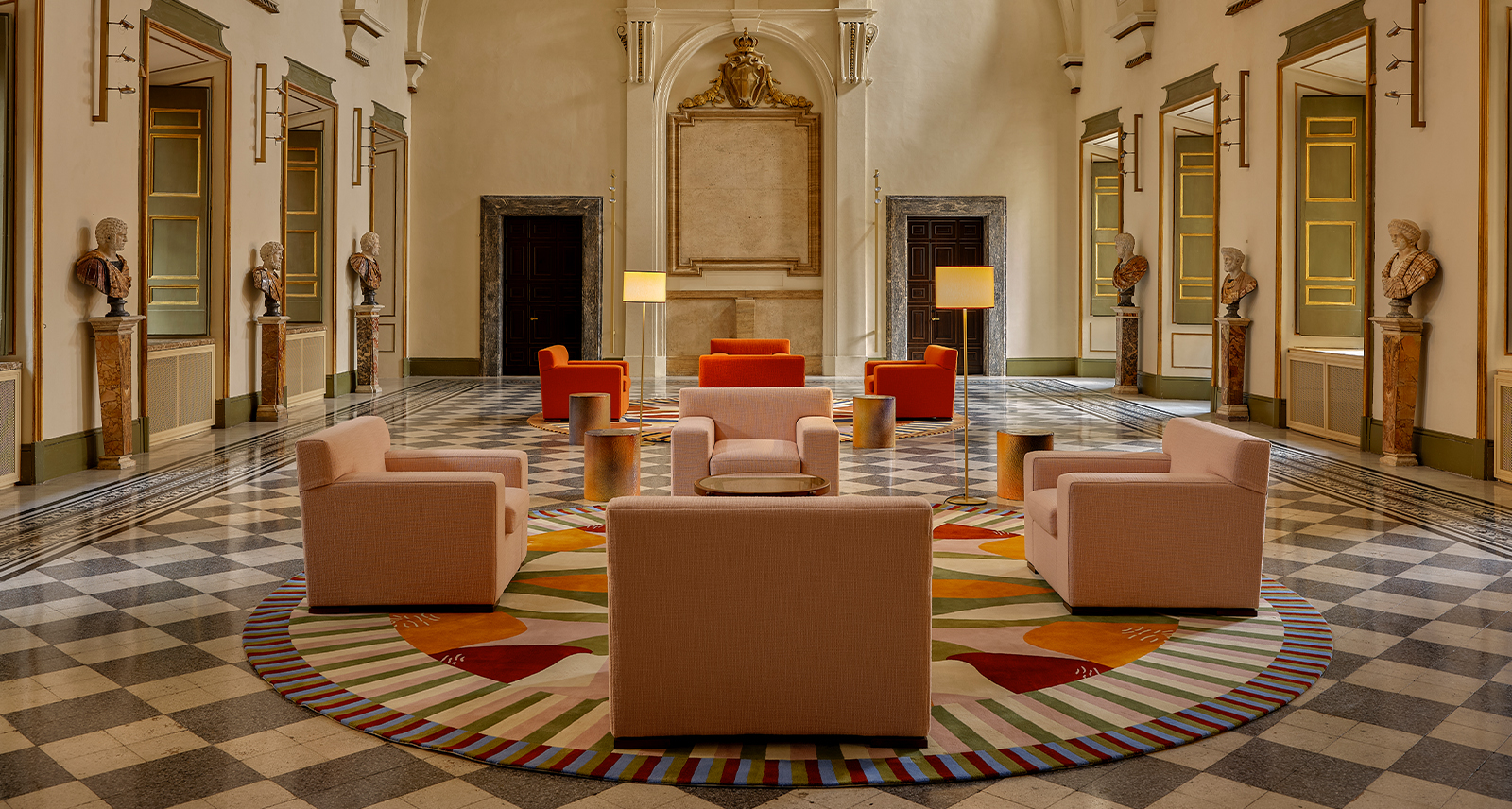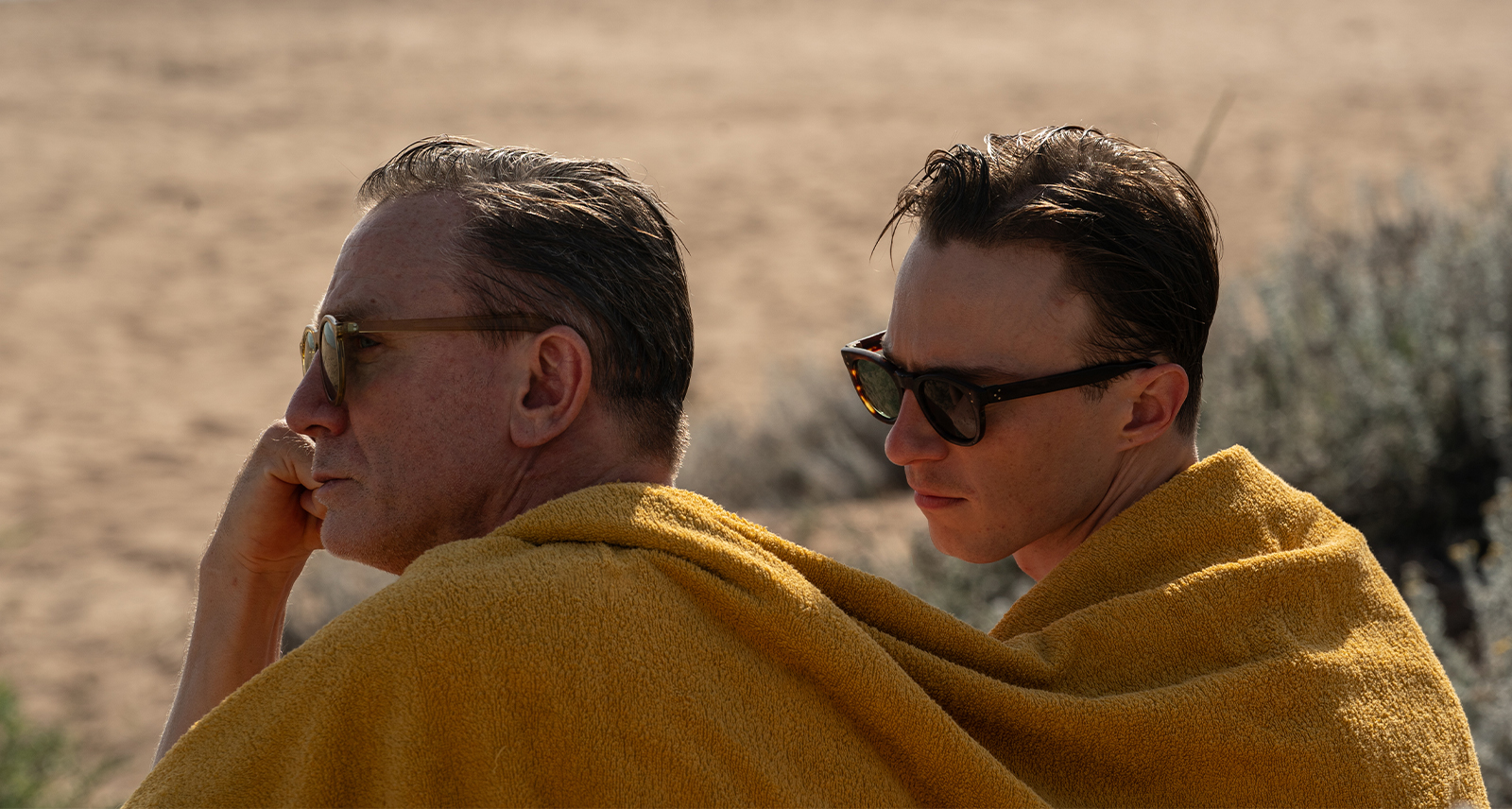How Hublot’s R&D Department Scores Big
It’s a cold night in early July here in St. Petersburg, and sound radiates. Especially inside Krestovsky Stadium, especially during the biggest sporting event in the world. The shrill screech of a whistle, shouts of desperate fans, the enveloping roar of the crowd. France is up 1–0 on Belgium in the second half of the World Cup semifinals. They’ve played a strong defensive game so far: disciplined and prepared.
It’s been a long road to get here — a gruelling month of play. The players are battered and tested, tired though they’d never admit it. Even from four storeys up, high in the nosebleeds, you can see the determination, the desire.
At the 81st minute, France still holding the lead, the referee signals a substitution. Olivier Giroud, the towering star forward, comes off. A minute later, another departure, this time midfielder Blaise Matuidi. Both have poured themselves into these games. They lumber off and stare up at the riotous stands. Each raises their hands, thankful, hopeful, exhausted.
And the crowd goes wild.
I’m here, sitting with a group of watch lovers, whose attention in that moment was divided between the play on the field and something much more specific: when the referee raised his scoreboard to indicate the changes, keen observers noted its remarkable oversized resemblance to Hublot’s equally remarkable oversized watch, the now-classic Big Bang.
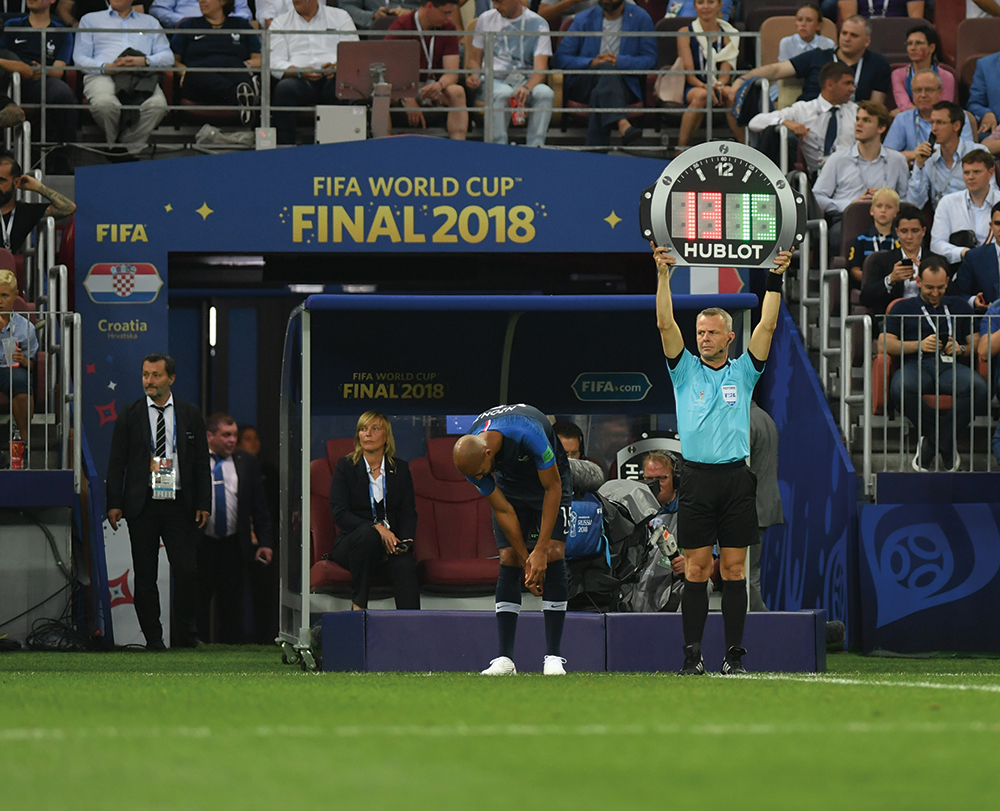
Hublot’s relationship with FIFA goes back decades, and is very much worthy of applause. Since coming into prominence in the 1980s, Hublot has quickly established itself as a company willing and able to collaborate with other brands in meaningful, innovative ways. In the process, it has redefined how a watch brand can impact an audience far outside the traditional world of timekeeping.
•••
Hublot began courting soccer fans in the early 2000s, by signing on with stars like Pelé and José Mourinho. For the past three World Cups, the brand has been the official timekeeper. For the last two (first Brazil, now Russia) the referee’s scoring panels have sported that classic Big Bang look.
While some brands may keep their FIFA partnerships superficial — one doubts how much the world’s elite soccer players are actually eating McDonald’s — Hublot has invested deeply in establishing a meaningful relationship with the event. For the 2014 World Cup in Brazil, the brand introduced the Big Bang Unico Bi-Retrograde Chronograph, a watch specially designed for keeping time throughout the match — two 45-minute halves and upwards of 60 minutes of extra time. They reintroduced a second version of this watch for the UEFA Euro 2016, an important precursor to the global tournament. The watches featured an incredibly complex mechanism — but they were only the beginning. This year, each referee wore a specially designed connected watch (the brand’s first, called the Big Bang Referee 2018 FIFA World Cup Russia) capable of not just keeping time, but reviewing goals and tracking player changes and yellow and red cards.
Why is this important?
Because it demonstrates what makes a Hublot partnership unique. Rather than just being casual pairings handled by a faceless marketing team, Hublot’s alliances leverage the full scope of the company’s prolific research and development department, led by the brilliant mind of R&D director Mathias Buttet.
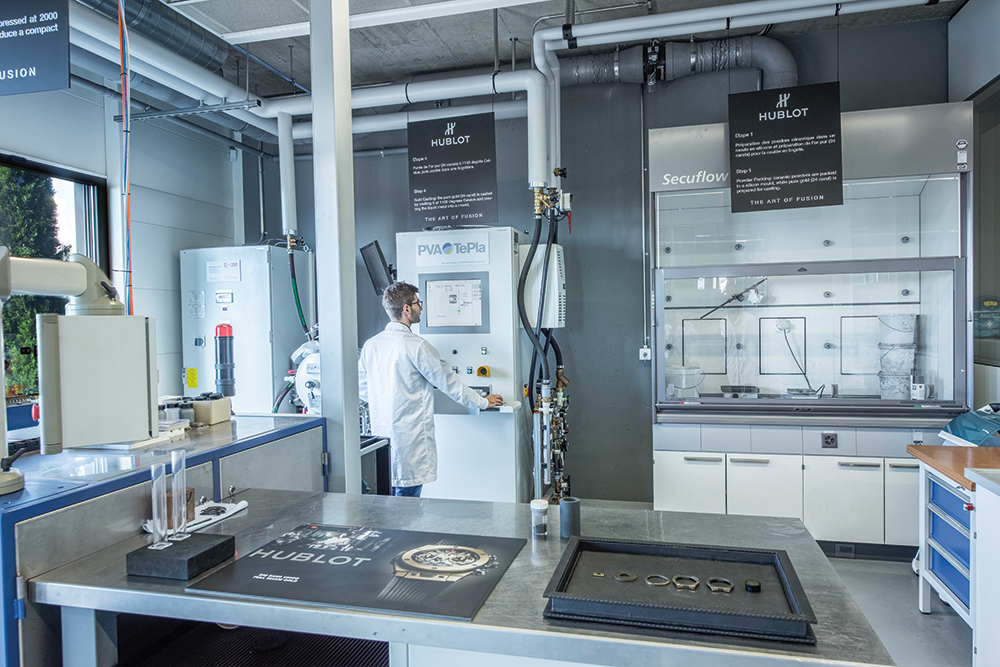
A few days after that semifinal game in St. Petersburg, I’m in Nyon, Switzerland, at Hublot’s manufacturing campus. Buttet’s R&D laboratory takes up almost the entire first floor of the main building, secured behind a series of locked doors and antechambers. There are cables and wires everywhere, diagrams and unintelligible scribbling on the walls, and a series of proprietary machines used to create some of Hublot’s most outrageous products.
In one room, all by itself, is the machine that injects pure gold into carbon — a painstaking process that results in the company’s “Magic Gold,” a scratch-resistant 18-karat version of the precious metal, said to be the hardest gold in the world. One room over, there’s the station used to produce the bright red ceramic — the world’s first vibrantly coloured ceramic — which can be seen on the new, 500-piece limited-edition Big Bang Unico Red Magic. This process, which was patented by Hublot, took four years to conceive and refine and uses a special combination of heat and pressure that allows pigment to be added to the ceramic without burning. And while red is the only colour in the lineup for now, the R&D machine keeps churning — imagine the possibilities.
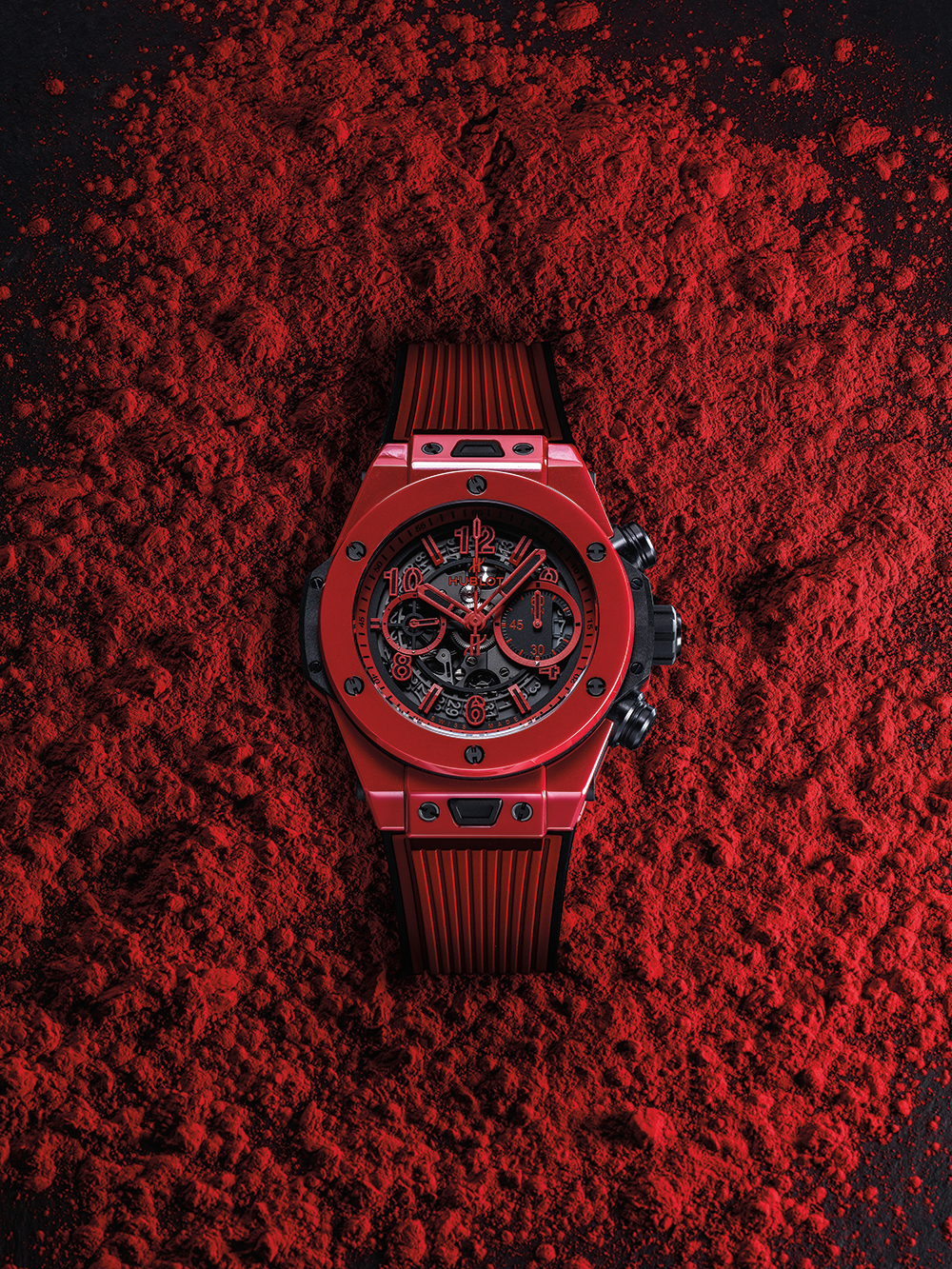
But Buttet spends most of his time these days down the hall, in a dark room where there’s nothing even resembling a watch component. Instead, he’s tinkering away at a submarine — or rather, an underwater drone, engineered from the ground up for the express purpose of photographing and recovering a shipwreck that contains the ancient Antikythera timekeeping mechanism. Hublot has been sponsoring these dives for years, but the drone in Buttet’s office marks an even greater commitment to pursuing the new and the sometimes unusual. “My hope is that with this,” Buttet says in French, “we can move away from Hublot research and development towards the bigger goal of ‘Hublot Explores.’”
•••
Emerging from the laboratory and into the public waiting room at Hublot HQ, you’re confronted with the brand’s latest obsessions. Life-sized matryoshka dolls specially designed for the Russia World Cup, each wielding a soccer ball in one hand and whistle around her neck, stand sentry at the front door; portraits of soccer greats, including Pelé and the stars of the Juventus soccer club, line the hallways; a television in the corner is tuned to World Cup highlights — the final is just a day away.
In the end, France walked away with the title, beating Croatia 4–2 in an exhilarating match in Moscow. When the whistle blew in the 96th minute, the French team stormed the field jumping, hugging, and draping themselves in flags. It was a beautiful scene. But off to the side of the mayhem, a certain group of fans will have noticed the referee standing, whistle in mouth, holding a familiar pose: he was checking his watch.
No doubt four years from now, he’ll be sporting an even more innovative one on his wrist.
